Patterns of the Past: Exploring the Men’s Vest
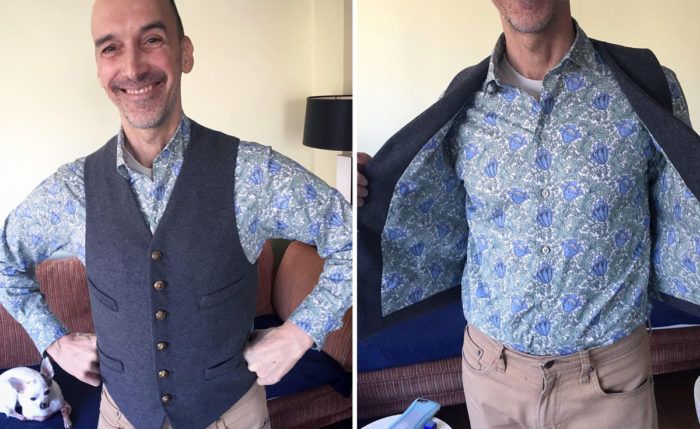
The men’s vest has existed for hundreds of years, but it wasn’t until the middle of the 20th century that home sewers were encouraged to sew their own. Men traditionally purchased their clothing from clothiers who specialized in men’s ready-to-wear or from local tailors, who were plentiful a century ago. The experience of having a suit tailor-made was not limited to a person of means.
The heyday of home sewing—roughly from the 1930s to the 1970s—saw a dramatic increase in the number of patterns printed by the commercial pattern companies. But since home sewing was largely practiced by women to address their own wardrobe needs and those of their children, fewer menswear patterns were available. Men’s patterns tended to be relatively simple garments a woman might sew for a husband or son: pajamas, bathrobes, and sporty camp shirts. Rarely did one find a pattern for a tailored coat or formal pants.
In the 1950s, a number of men’s sport jacket patterns, which often included a coordinating vest, became available. The vest was a popular mid-century menswear look that echoed the postwar Ivy League style. As a collector of vintage patterns, I own many of these jacket/vest combination patterns. I’ve made a few of the jackets. Until recently, however, I had never considered sewing a vest, as it wasn’t a garment I was accustomed to wearing.
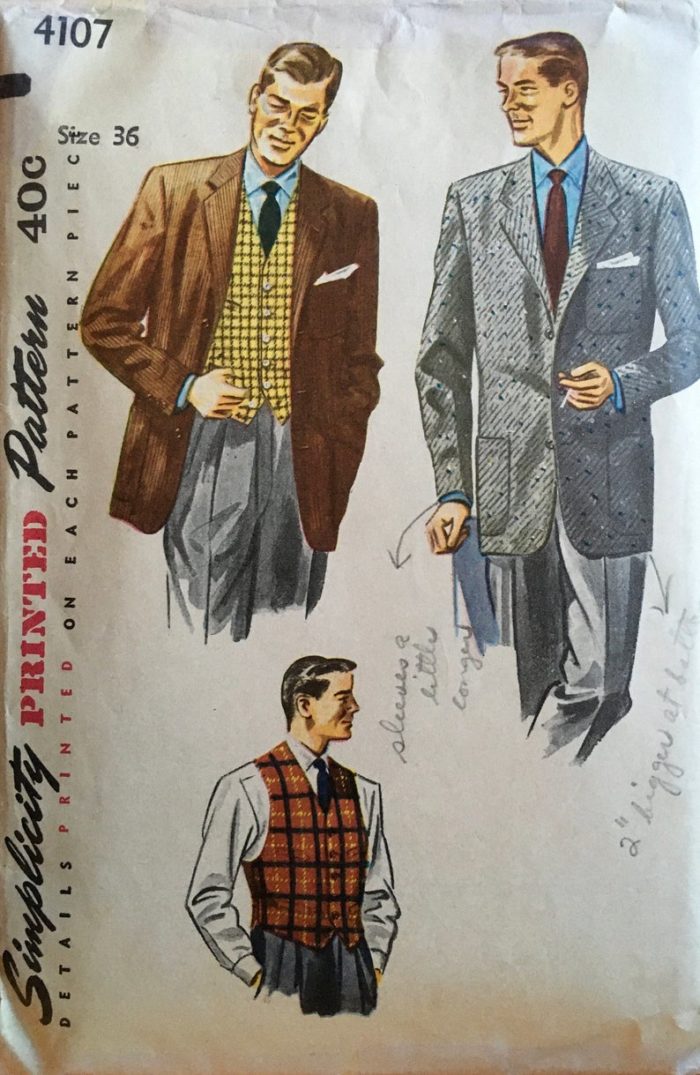
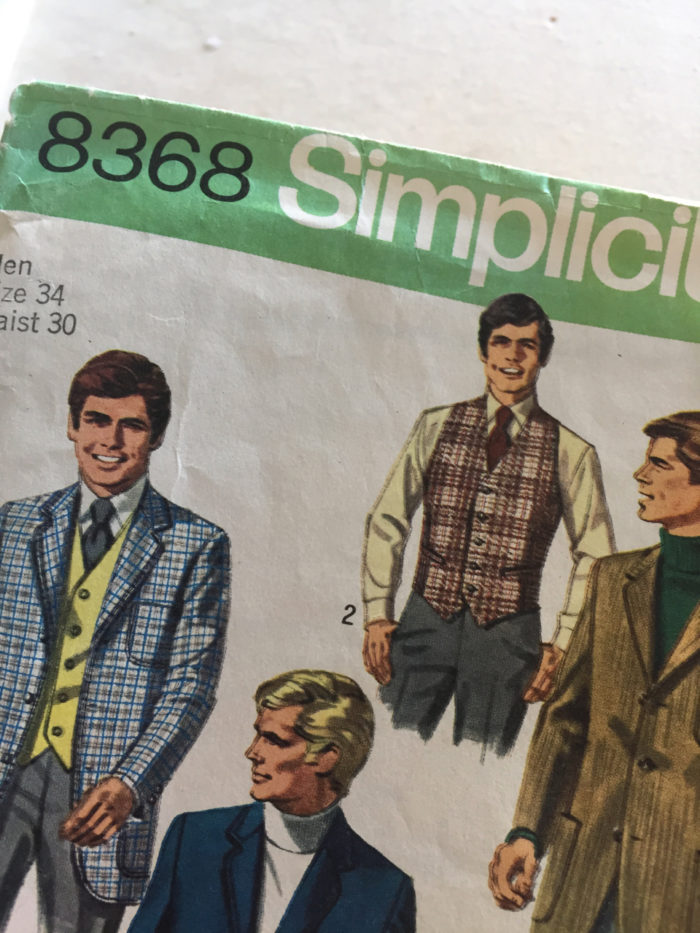
When men’s fashion became more casual during the 1960s and men began wearing vests without a jacket at all, pattern companies began issuing patterns for vests only. Vest patterns are still available today from the mainstream pattern companies, as well as the smaller independent pattern companies like Thread Theory.
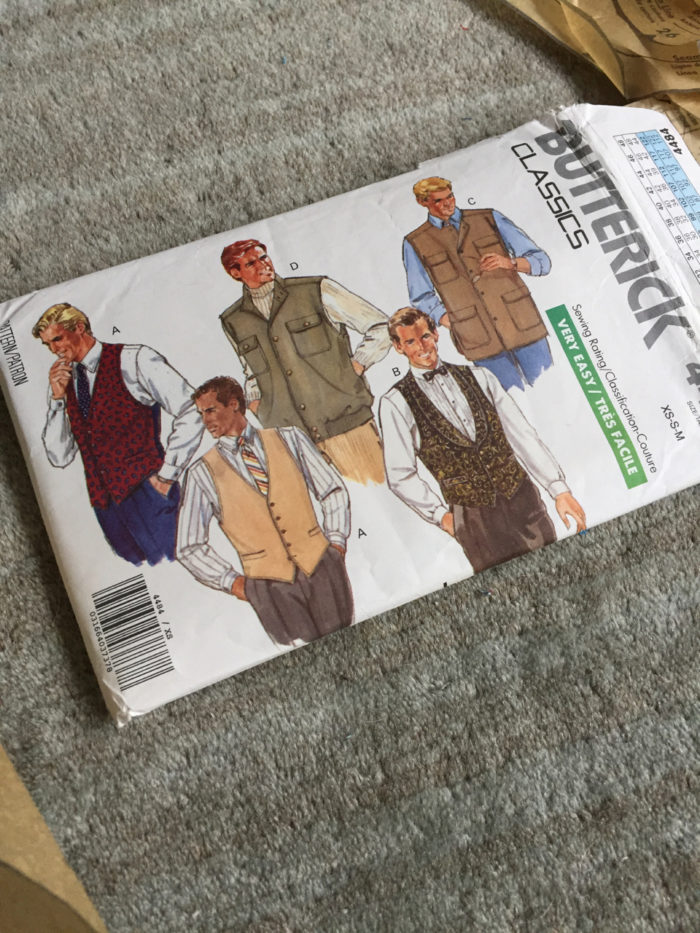
Last month, I decided…
Start your 14-day FREE trial to access this story.
Start your FREE trial today and get instant access to this article plus access to all Threads Insider content.
Start Your Free TrialAlready an Insider? Log in




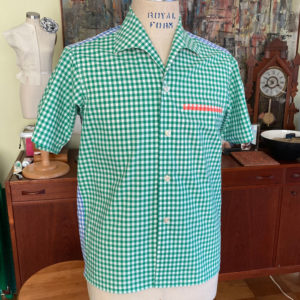

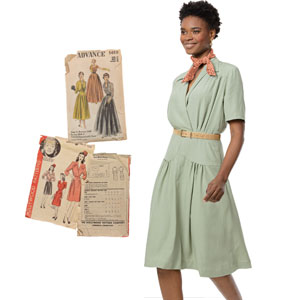
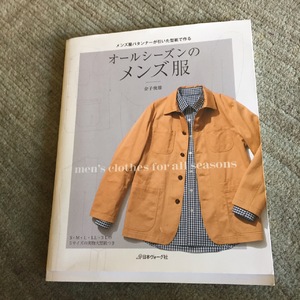


























The vests look so elegant. It's that finishing touch that makes all the difference in a put together look. It seems to me that it also is comfortable to wear-adds warmth but allows for freedom of movement. Great job and perfect choice of fabrics.
I have been making vests for my father and husband for years. Living in Central Texas, it’s frequently not cold enough for a coat, so a vest is the perfect answer. I often look at western wear catalogs for inspiration, as the pattern companies seem to have limited variety. This article has given me even more great ideas. Thank you so much. My vests will definitely be of a better quality from now on
Thanks! This is very timely as I have a couple of vests planned for my son, an english country dance musician. Lovely to have the tips and I love the lining on both of them :)